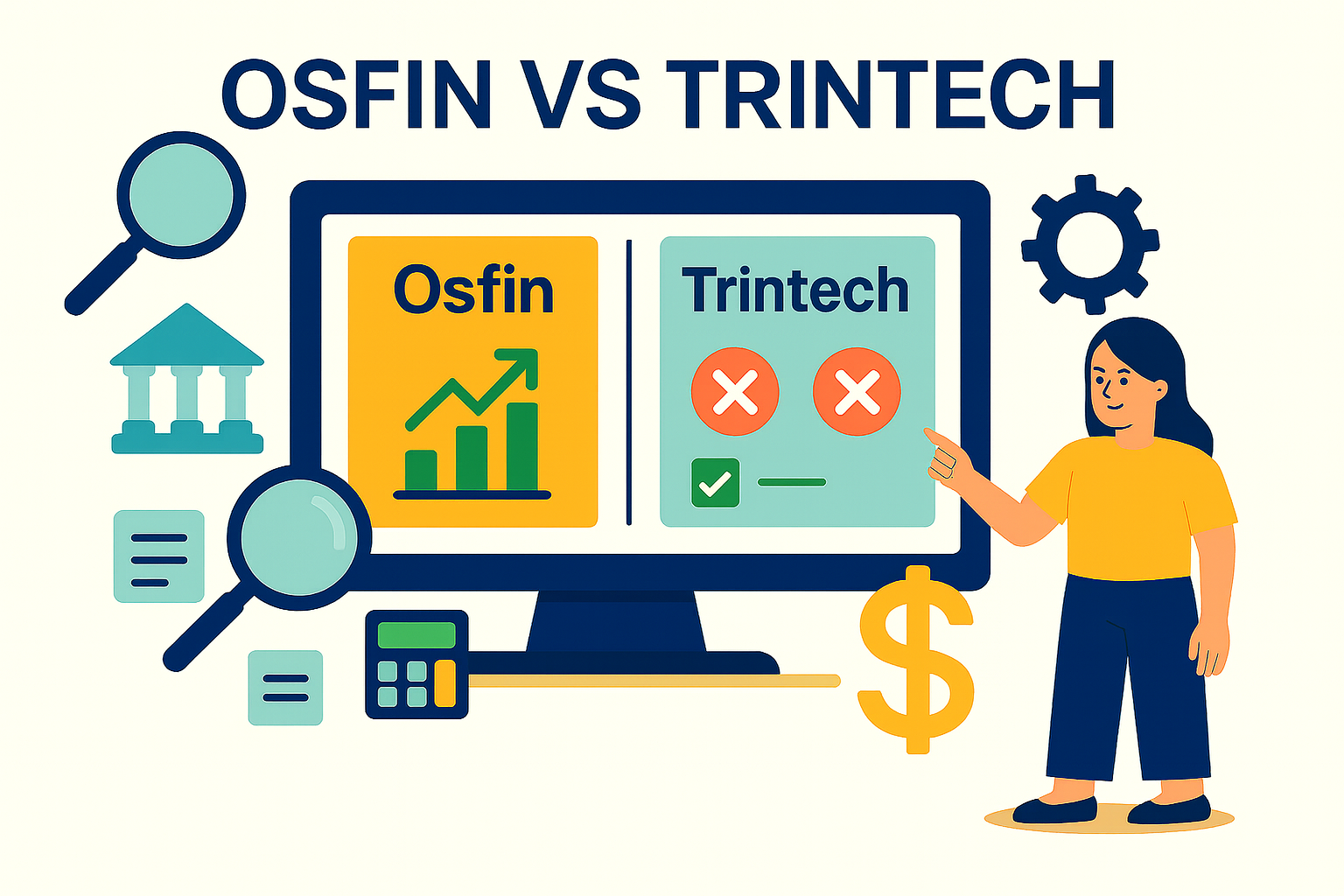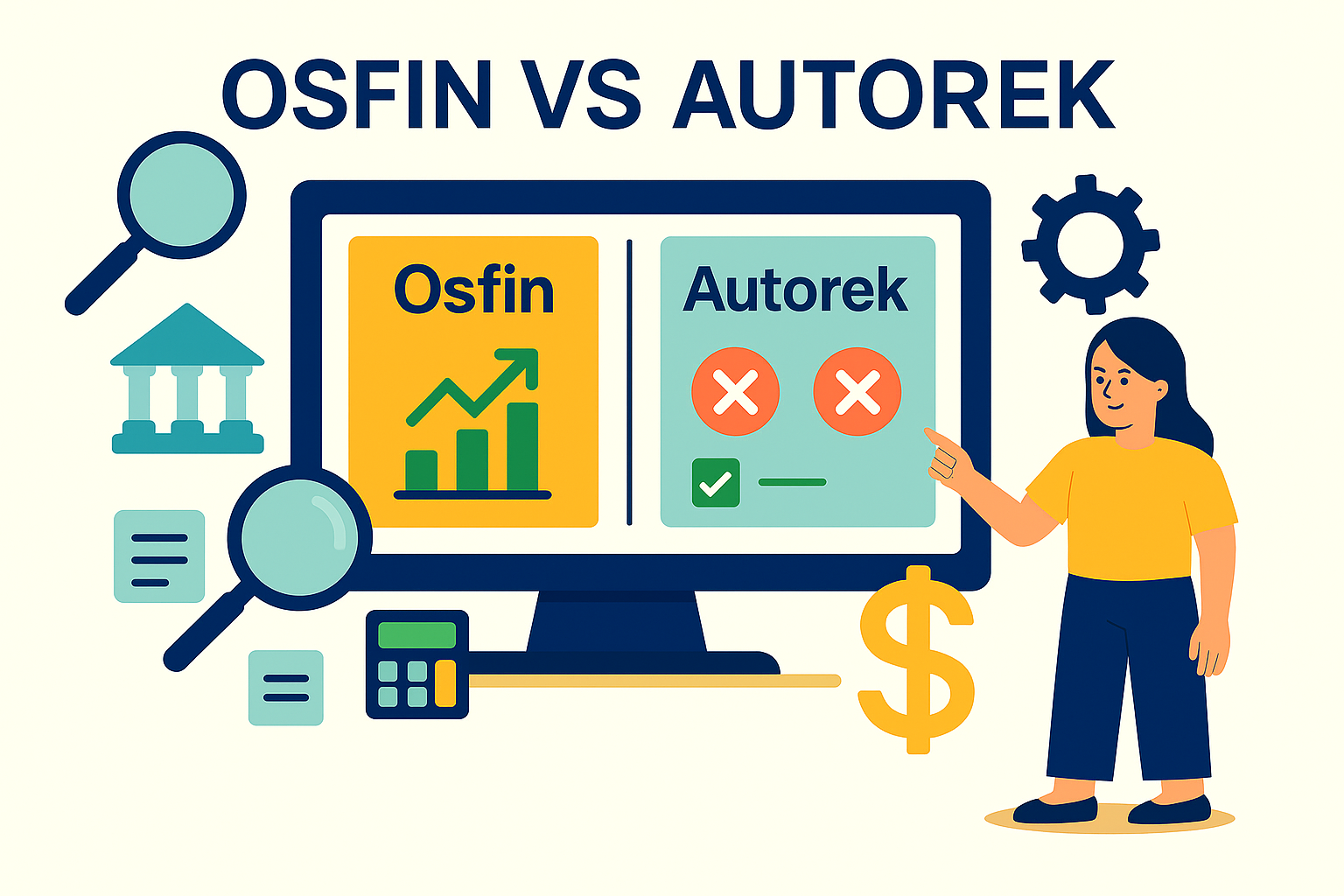Strengthen Fraud Defenses with Reliable ATM Reconciliation
Managing finances is a critical component of successfully operating a small business. One essential financial process that small business owners must tackle is account reconciliation. In essence, account reconciliation involves comparing transactions listed in your bank statement with those in your accounting records, ensuring a perfect match.
As mentioned in BusinessDIT, 60% of small business owners feel they aren’t knowledgeable when it comes to accounting. So, in this guide, we'll unravel the complexities of account reconciliation and present a thorough overview of how to reconcile your accounts effectively.
Why Account Reconciliation is Vital for Small Businesses
There are several reasons why account reconciliation is indispensable for small businesses. Primarily, it assists in detecting errors or potential fraud within your accounts. Moreover, it enables you to monitor your cash flow, ensuring you have adequate funds to cover expenses. Finally, accurate financial records are crucial for tax and strategic financial planning.
Although the fundamental steps of account reconciliation apply to businesses of all sizes, the process differs in certain aspects. Small businesses usually have fewer transactions and more superficial financial structures than larger organizations. Consequently, the reconciliation process for small businesses may involve fewer bank accounts and be relatively straightforward.
Additionally, the degree of automation varies. Large businesses often have access to more advanced accounting software, automating numerous aspects of the account reconciliation process. However, small businesses may initially depend on manual processes. That said, affordable and user-friendly accounting platform like Osfin.ai is now available, which automates many reconciliation-related financial operations processes.
Practical Account Reconciliation: Step by Step
Follow these steps to navigate the account reconciliation process successfully:
Gather Your Records
First, collect all necessary documents, including bank statements, accounting records, and other relevant financial paperwork. Make sure you have the records for the period you intend to reconcile.
Compare Your Records
After gathering the required documents, compare transactions in your bank statement with those in your accounting records. Ensure that you compare the same period for both and that all transactions are accounted for.
Identify and Resolve Discrepancies
Upon comparing transactions in both records, you may find discrepancies such as missing transactions, incorrect amounts, or duplicate entries. Identify and address these discrepancies to maintain accurate financial records. Contact your bank to obtain missing information or rectify errors if necessary.
Update Your Records
After resolving any discrepancies, update your accounting records to reflect the changes. This includes adding missing transactions, correcting errors, and reconciling discrepancies.
Tips for Effective Account Reconciliation
Here are some tips to help you reconcile your accounts effectively:
Reconcile Your Accounts Regularly
Account reconciliation is very important, and you should try to do it every month if you want your financial records to be perfect. By paying close attention to account reconciliation, you can quickly spot differences or mistakes and stop problems before they start. Also, this practice not only makes people more aware of how cash flows but also makes sure that there are enough funds to cover expenses.
Use Automated Accounting Software
Using accounting software can change how account reconciliation is done, making it easier and more effective. Look for software good at combining data from many different banks, spotting discrepancies easily, and offering ways to fix them. So, you'll not only save valuable time, but you'll also be less likely to make mistakes.
Keep Detailed Records of Transactions
Account reconciliation is based on keeping careful records of all financial transactions. It is highly recommended to put an emphasis on a system for filing receipts, invoices, bank statements, and other important financial documents. By being so careful, transaction verification becomes easy, which, in the end, makes your accounting records more accurate.
Double-check Transaction Entries
Accurate data entry is important for account reconciliation. Take the time to verify that all transactions are properly recorded, including dates, amounts and categorization. This step helps avoid mistakes that may lead to discrepancies later on.
Review Financial Reports Regularly
A key part of the account reconciliation process is looking over financial reports regularly. This kind of watchfulness helps you find problems or new trends in your financial data that might need to be looked at more closely. For example, if a certain category of expenses goes up by a lot, it's best to find out why and take steps to fix the problem.
Conclusion
Managing your finances as a small business owner can be challenging. Still, account reconciliation is a crucial process that can help you avoid financial errors and ensure the accuracy of your financial records. Remember to reconcile your accounts regularly, use accounting software to automate the entire process, keep detailed records and seek professional support, if needed.
Osfin can help small businesses with their account reconciliation process by providing automated reconciliation services that save time, manage large & complex transactions, reconcile millions of transactions in a matter of few minutes, prevent revenue leakages and enhance audit readiness & collaboration. With Osfin platform, small businesses can simplify their account reconciliation process and maintain accurate financial records.


